NOISE IMPACT ASSESSMENTS
Manage noise during construction and occupation with noise impact assessments
Noise impact assessments influence design decisions, project delivery and even energy strategies.
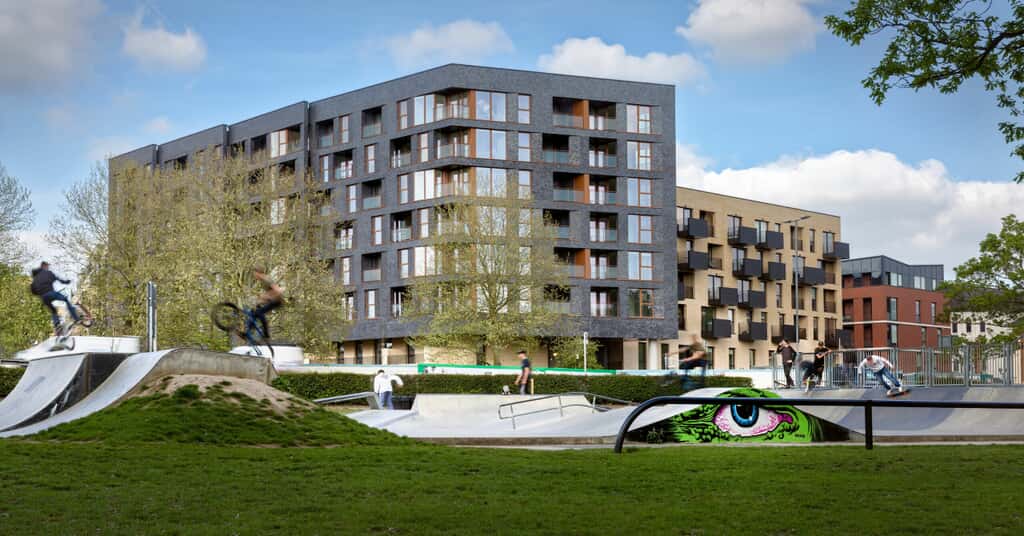

Noise impact assessments ensure a development will not be adversely affected by, or itself impact, its surroundings.
Acoustic conditions can have a significant impact on design decisions while potential noise emissions can also influence project delivery during construction.
Any site subjected to high noise levels – typically those close to transport links – requires a noise assessment for planning applications. Depending on the development type or nearby facilities, vibration can also be considered in impact assessments. Developers must then design in mitigation measures for future occupants.
We deliver coordinated assessments to understand and manage noise impact.
Importance of a detailed noise assessment
Noise impact assessments typically set the design parameters for façade and glazing performance and can also influence ventilation and heating systems, impacting the overarching energy strategy.
Noise emissions can also influence project delivery on-site for developers keen to ensure considerate construction for neighbours.
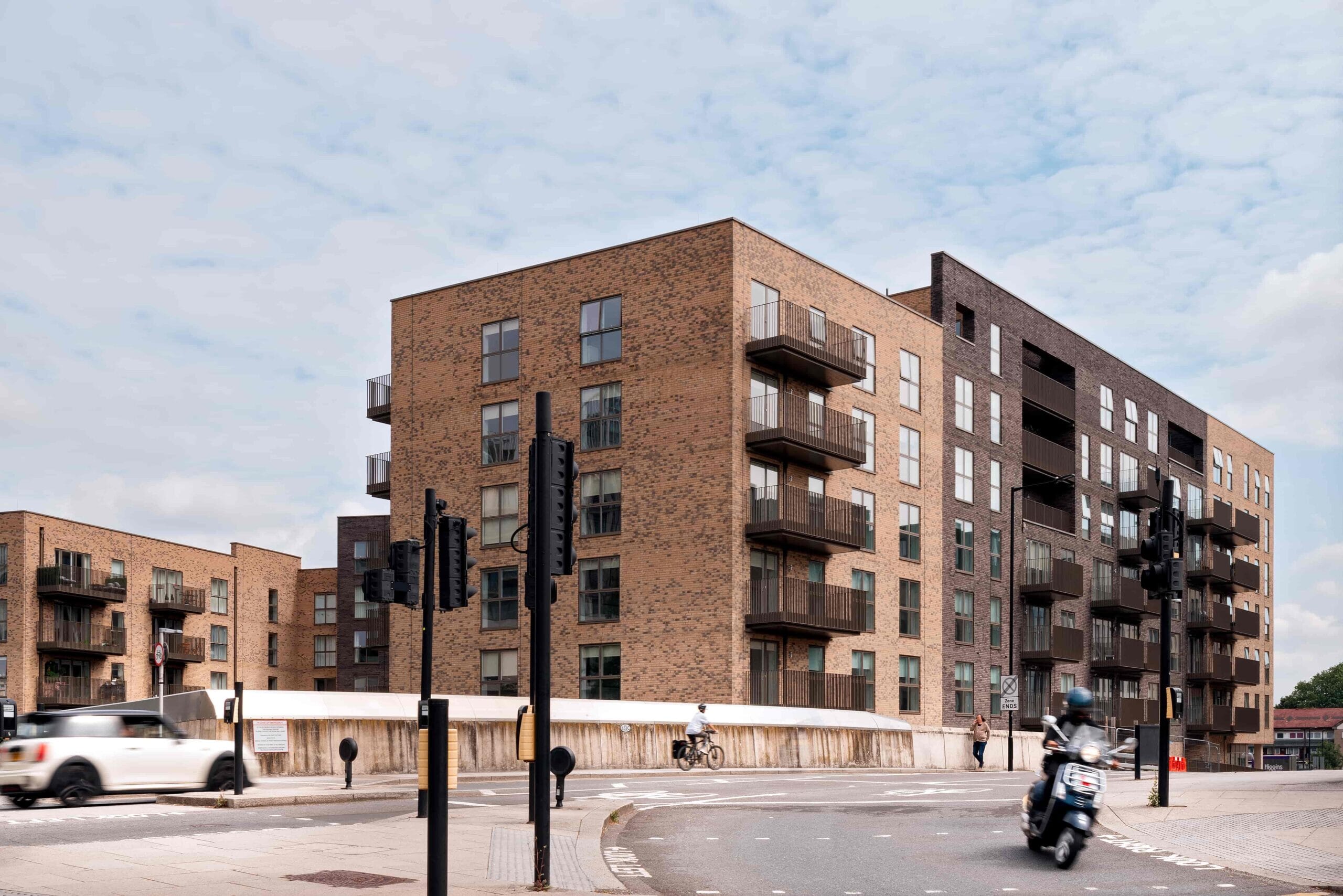

Do I need to complete a noise assessment?
Noise impact assessments are most commonly required of proposed developments close to transport links, such as by rail lines or under flight paths. Increasing urbanisation means buildings developed close to certain types of existing sites, such as nightclubs, stadia and cinemas, will also require a noise survey.
Developments anticipated to create noise emissions during construction or on completion will also require assessment to understand and limit environmental noise. Detailed noise analysis will set parameters for a construction site to complete certain works outside of set hours, or for completed developments to contain noise within certain decibel levels.
Under planning policy, noise impact assessments are required with planning applications from the relevant local authority. Where works could be contentious with neighbours, developers may voluntarily complete impact assessments to ensure considerate developments.
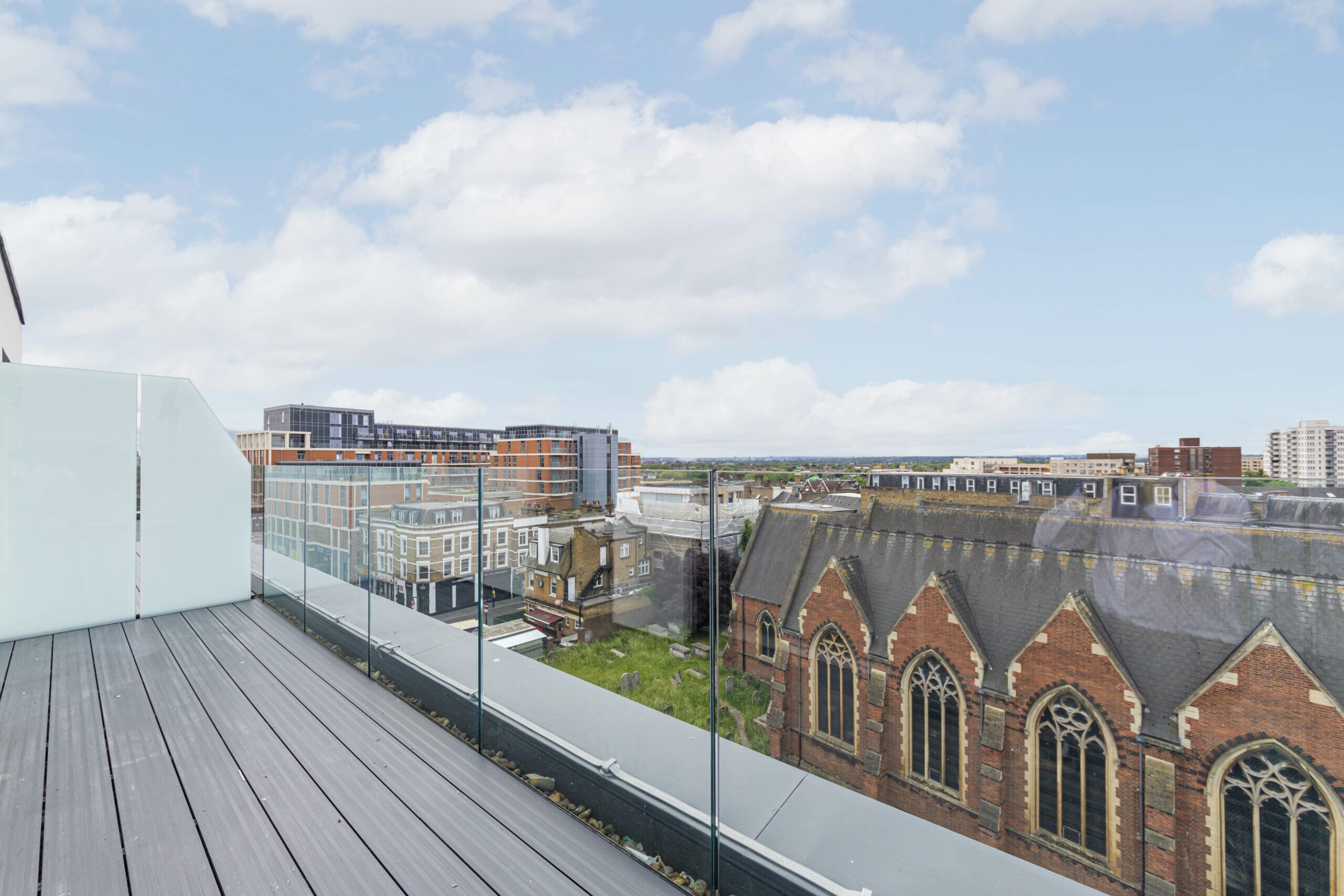

Coordinated noise impact assessments
To effectively and efficiently manage noise, a noise survey should be coordinated alongside overheating analysis and energy strategy design development.
Where openable windows are deemed unsuitable due to environmental noise conditions, relevant overheating mitigation measures will be required, for example. Similarly, acoustic treatments may be required to limit noise emissions from fixed plant like air source heat pumps.
Our acousticians, overheating modellers and energy consultants will work closely with your design teams to ensure a coordinated approach and reduce the risk of later changes to designs.
Our noise impact assessment service
Working with acousticians ensures our noise impact assessments follow latest best practice guidance.
- Survey – Visiting site to establish the extent and potential impact of existing noise levels. Reviewing project aims and design intent to identify potential noise emissions through both construction and occupation.
- Recommend – Working with the design team to review potential mitigation measures. Recommending solutions aligned with wider project parameters – considering end-user needs, project budget, and other regulatory requirements.
- Report – Producing a final report to be submitted with planning applications. Revising report in line with client and local authority feedback.
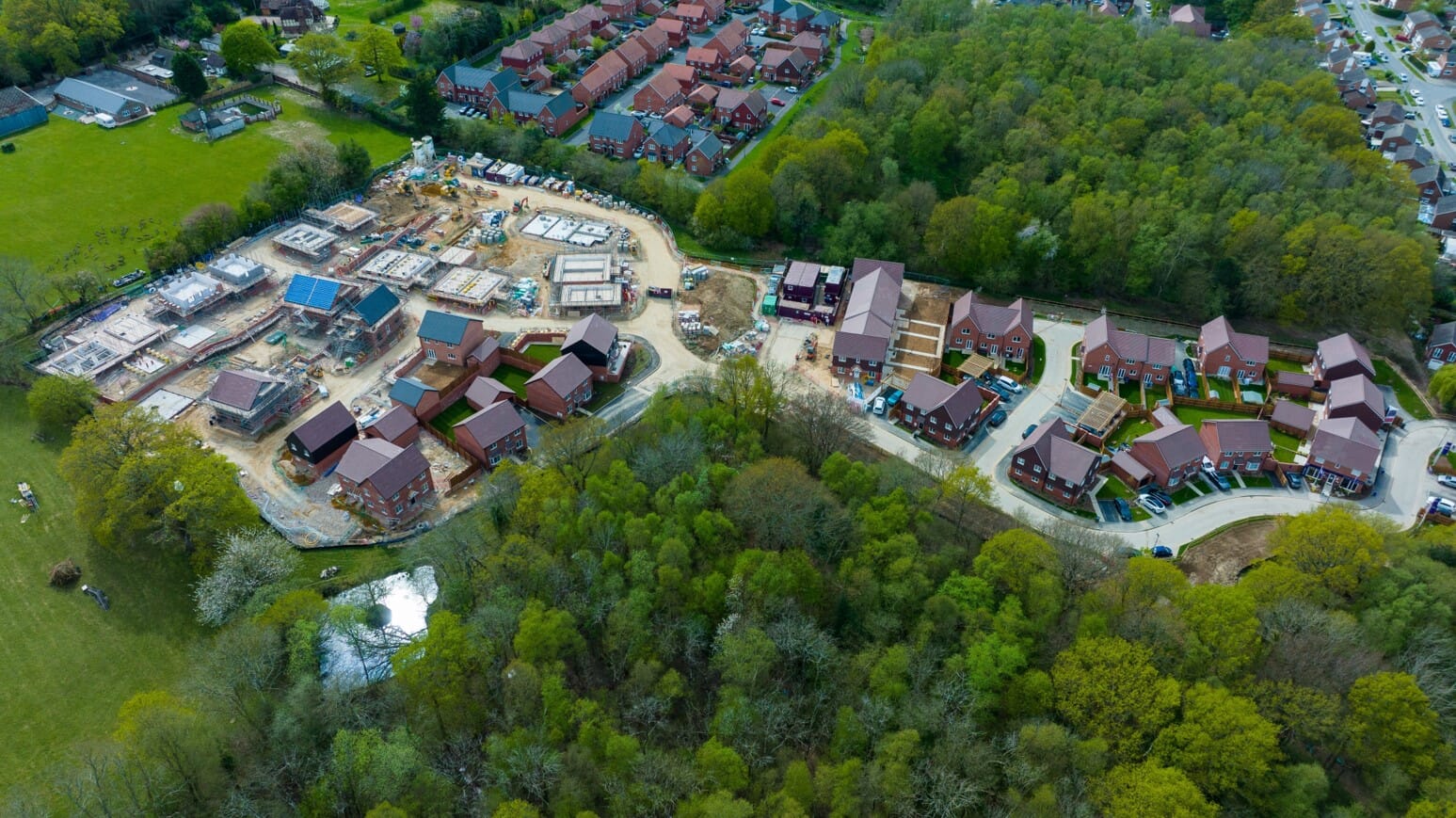

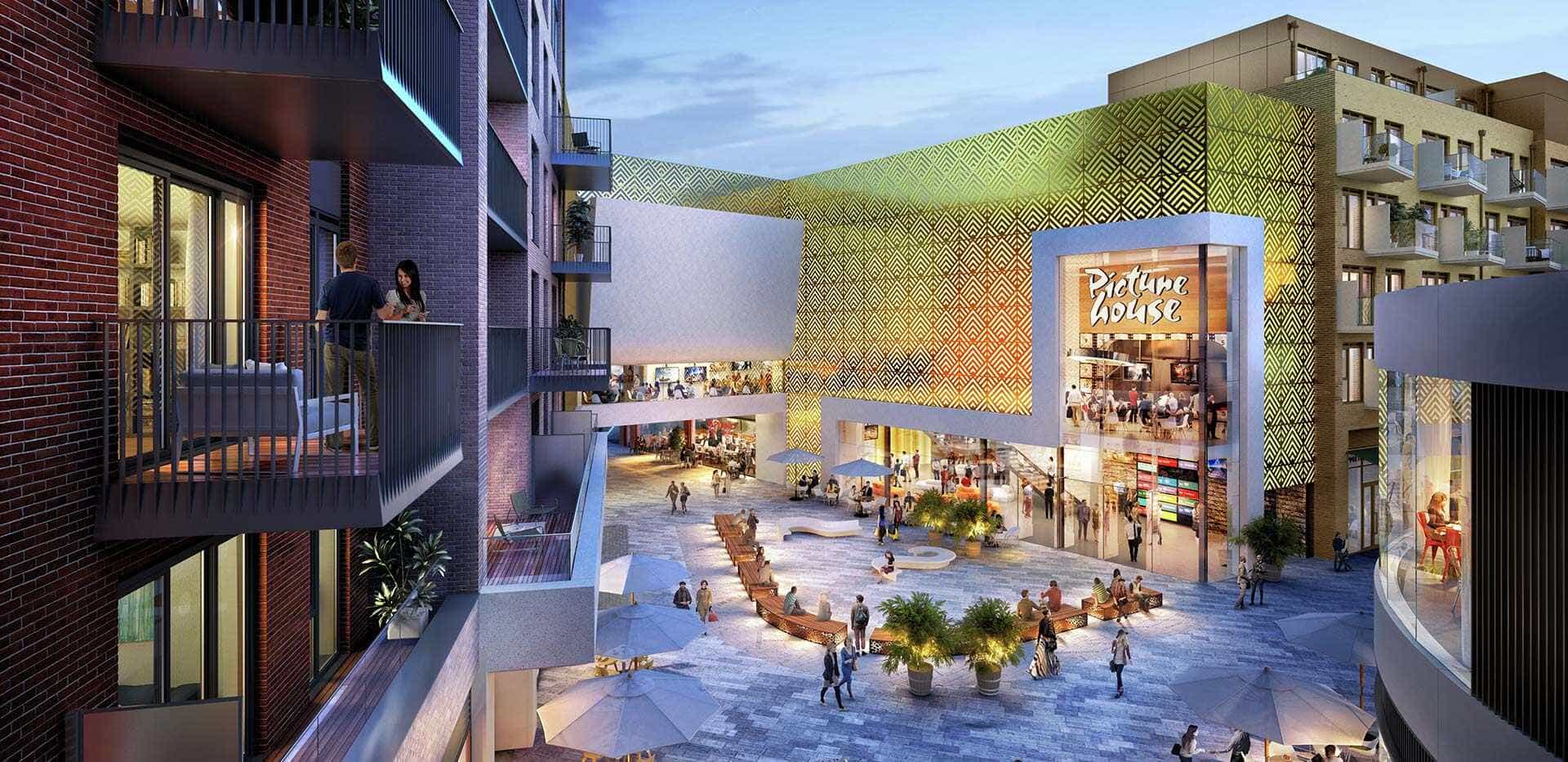
Delivered coordinated energy and overheating strategy
Location
Ealing
Client
St George
Complete a coordinated, pragmatic noise assessment.
Contact our team for guidance and support.